Diversity, Equity, and Inclusion (DEI) is no longer limited to traditional hiring goals or awareness workshops. In 2025, it’s becoming more data-driven, systems-based, and responsive to political and generational shifts.
As organizations re-evaluate their DEI strategies, five major trends are emerging—each signaling a deeper, more structural evolution in how we build equitable workplaces.
This blog breaks down these trends and what they mean for employers, employees, and future job seekers.
1. From Demographics to Design: The Rise of Inclusion-by-Default
Old Approach: “We need more women and minorities in leadership.”
2025 Approach: “Have we built systems where everyone can thrive from day one?”
What’s new:
Companies are shifting from measuring who’s at the table to redesigning the table itself—policies, platforms, and environments now undergo inclusion audits before rollout.
Example: Some firms use “equity scorecards” during product development or hiring flows to reduce bias before launch.
2. The Algorithm Check: Auditing Tech for Bias
As AI tools dominate hiring, feedback, and performance reviews, there’s growing concern about algorithmic bias.
What’s happening in 2025:
- Employers are hiring DEI analysts to review automated decision systems
- AI vendors must now explain how their models mitigate bias
- Governments are introducing regulations for algorithmic transparency
Why it matters: DEI is now as much about technology ethics as it is about team dynamics.
3. Intersectionality Goes Operational
Coined by Kimberlé Crenshaw, intersectionality once lived mostly in academic or advocacy spaces. In 2025, it’s becoming an operational lens.
How it’s showing up:
- Employee surveys allow for layered identities: e.g., Black + LGBTQIA+ + Disabled
- Resource groups are collaborating across intersections rather than working in silos
- HR teams are layering qualitative data over demographic data to uncover deeper inequalities
Why this matters: One-size-fits-all policies often overlook how discrimination compounds across identities.
4. DEI Meets Pluralism
In response to “DEI backlash,” some organizations are pivoting toward pluralism—emphasizing respectful engagement across worldviews, not just representation.
What’s changing:
- Teams are being trained in civil discourse alongside unconscious bias
- DEI is being integrated with leadership development, not just HR
- Employers are positioning inclusion as a shared value, not a political stance
Why it matters: This makes DEI more resilient, especially in politically polarized environments.
5. Measurement Maturity: Moving Beyond Vanity Metrics
DEI dashboards used to show basic stats: “X% women in leadership.” In 2025, leading companies are measuring impact, not just input.
What they now track:
- Promotion velocity across identities
- Pay equity adjusted for tenure and role type
- Turnover reasons disaggregated by demographic
- Inclusion sentiment scores from anonymized surveys
Why it matters: The future of DEI reporting is dynamic, transparent, and used to drive decisions—not just report progress.
Conclusion:
DEI in 2025 is moving beyond optics and intention—it’s becoming structural, strategic, and tech-informed. As talent pools diversify and regulations tighten, companies that embed these trends into their core systems will lead in both innovation and inclusion.
Whether you’re a student, jobseeker, or organizational leader, understanding where DEI is headed equips you to contribute meaningfully—and stay future-ready.

